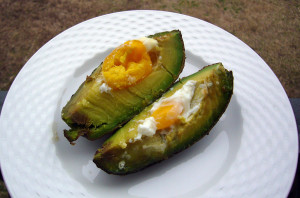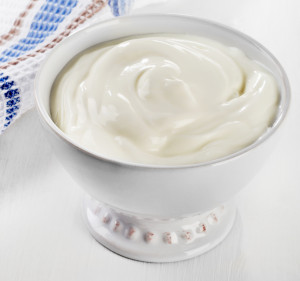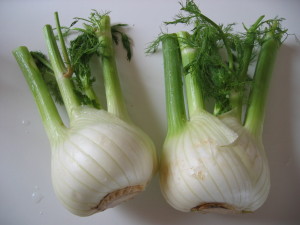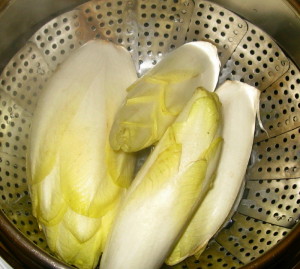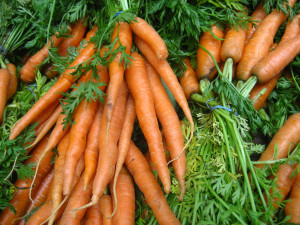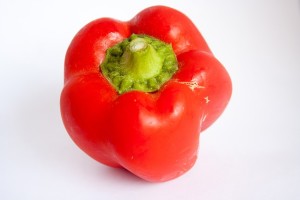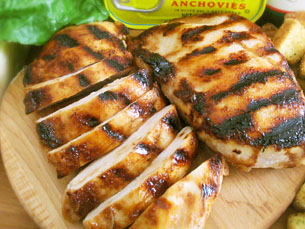Change. It’s the obvious topic of conversation this time of year. We get a little nostalgic, reflective, and there’s a certain romance to the falling leaves and the amber hued palate of autumn. Many of us are resistant to it. We grumble at the disruption of routine or we dread the uncertainty, while others thrive on the excitement and challenges of new experiences. Love it or dread it, change happens. With the dramatic fall colors, it’s hard not to talk about the unavoidable and gorgeous change in landscape. I’ve never met anyone who didn’t love our fall colors. When I’m faced with any change I try to look for the gilded leaves in the landscape.
One thing that also changes with the season is our nutrition. There are many subtle cues that can be heard. Can you identify different cravings or sleep patterns recently? Have your activity levels altered and therefore your micro and macro nutrients needs are different? As we spend fewer hours in natural daylight during these shorter days, our bodies are deprived of vitamin D, which for some of us might cause fatigue. This is a worthwhile cue to heed. Take inventory of these cues and see how best to support these needs.
 Change makes its way to the dinner table in more ways than just conversation. One thing I get excited about is the menu change this time of year. There is an abundance of root vegetables at the market, and there are good reasons to embrace them. Squash, rutabaga, parsnips, sweet potatoes, turnips, etc. Give them a second glance and consider these benefits:
Change makes its way to the dinner table in more ways than just conversation. One thing I get excited about is the menu change this time of year. There is an abundance of root vegetables at the market, and there are good reasons to embrace them. Squash, rutabaga, parsnips, sweet potatoes, turnips, etc. Give them a second glance and consider these benefits:
Reasons to eat for the season:
1. Flavor – fruits and veggies that are freshly picked have more flavor. A recent harvest yields a plate full of scrumptious bites, as opposed to bland off season options.
2. Nutrition – plants deliver some of the vital nutrients during the final stages of ripening. Don’t short change your dinner and your body with items that were picked two weeks ago and have been packed in a crate for shipping. Choosing fooods that are in season locally when you can, insures a more nutrient dense choice.
3. Economics – foods that are in season are abundant. It is simply a matter of supply and demand. One precious peach shipped off season from far away is going to command a higher price.
4. Variety – cooking and eating seasonally gives you an opportunity to try new recipes, supporting your body with a variety of nutrients.
5. Seasonal needs – our bodies have different needs at different times. Summer fruit helps hydrate us. Spring greens help heal and detox us. And who doesn’t love a ruby red grapefruit in February to ward off the seasonal cold with a blast of vitamin C?
So, stop and listen to your nutrition cues as we transition through the seasons. Your body is likely telling you it is time for change.
 Coincidentally, as I write this I am literally flying over the Rocky Mountains. I recall the thrill and terror of leaving everything I knew to move to these amazing hills more than 20 years ago and the thrill and terror of leaving them when I moved to Maine. Those were two of the biggest changes in my life. As with any change, big or small, I listened to the cues and hints to know what my body needed to support it. More rest? Different exercise? Other foods? This time of year, make a healthy batch of potato leek soup, embrace the change, and enjoy the gilded leaves of a different landscape.
Coincidentally, as I write this I am literally flying over the Rocky Mountains. I recall the thrill and terror of leaving everything I knew to move to these amazing hills more than 20 years ago and the thrill and terror of leaving them when I moved to Maine. Those were two of the biggest changes in my life. As with any change, big or small, I listened to the cues and hints to know what my body needed to support it. More rest? Different exercise? Other foods? This time of year, make a healthy batch of potato leek soup, embrace the change, and enjoy the gilded leaves of a different landscape.






